You feel the aches, the brain fog, and the fatigue, and you’ve been told it’s just part of ‘getting older’. The truth is, it’s a silent, smoldering fire inside your body that experts now call “inflamm-aging”.
This chronic, low-grade inflammation is the #1 hidden driver of how we age and is linked to most major age-related diseases. But new science shows you can fight back.
This guide explains exactly what inflamm-aging is and gives you the powerful foods you can use to start putting out the fire today.
2025 Breakthrough: Inflamm-aging is a Choice, Not Your Destiny
Inflamm-aging: Lifestyle vs. Inevitability
🏙️ Industrialized Nations
- Source: Chronic, low-grade inflammation linked to diet & sedentary lifestyle.
- Effect of Age: Inflammation levels typically *increase* steadily with age.
- Health Outcome: Strong correlation with chronic diseases (heart disease, Alzheimer’s).
🌳 Tsimane People (Bolivia)
- Source: Acute inflammation from high rates of infection, not lifestyle.
- Effect of Age: Inflammation levels do *not* increase with age.
- Health Outcome: World’s lowest rates of heart disease and dementia.
The Tsimane Health Advantage: By the Numbers
An 80-year-old Tsimane adult has the same vascular (heart) age as an American in their mid-50s.
Dementia rates among the Tsimane elderly are estimated to be ~70% lower than in Western populations.
“The Tsimane data show that chronic inflammation isn’t a universal part of aging. It’s largely a product of our environment and lifestyle.”
— Dr. Michael Gurven, Lead Researcher, Tsimane Health & Life History ProjectFor decades, scientists and doctors believed that inflamm-aging was just a normal part of getting older. The thinking was that as your body aged, this “smoldering fire” of inflammation was simply inevitable.
It was seen as a universal human experience, something that happened to everyone, everywhere, as the birthdays piled up.
But new research has completely changed this belief. Scientists compared people in industrialized countries (like Italy and Singapore) with non-industrialized groups, like the Tsimane people in the Bolivian Amazon.
The Tsimane live a life of high physical activity as hunter-farmers and have the healthiest hearts and lowest rates of dementia in the world.
The results were shocking. The Tsimane do have inflammation, but it’s caused by high rates of infection, not by aging. Crucially, their inflammation levels do not increase with age, and this inflammation does not lead to chronic diseases like heart disease or Alzheimer’s.
1. Salmon (and Mackerel, Sardines)
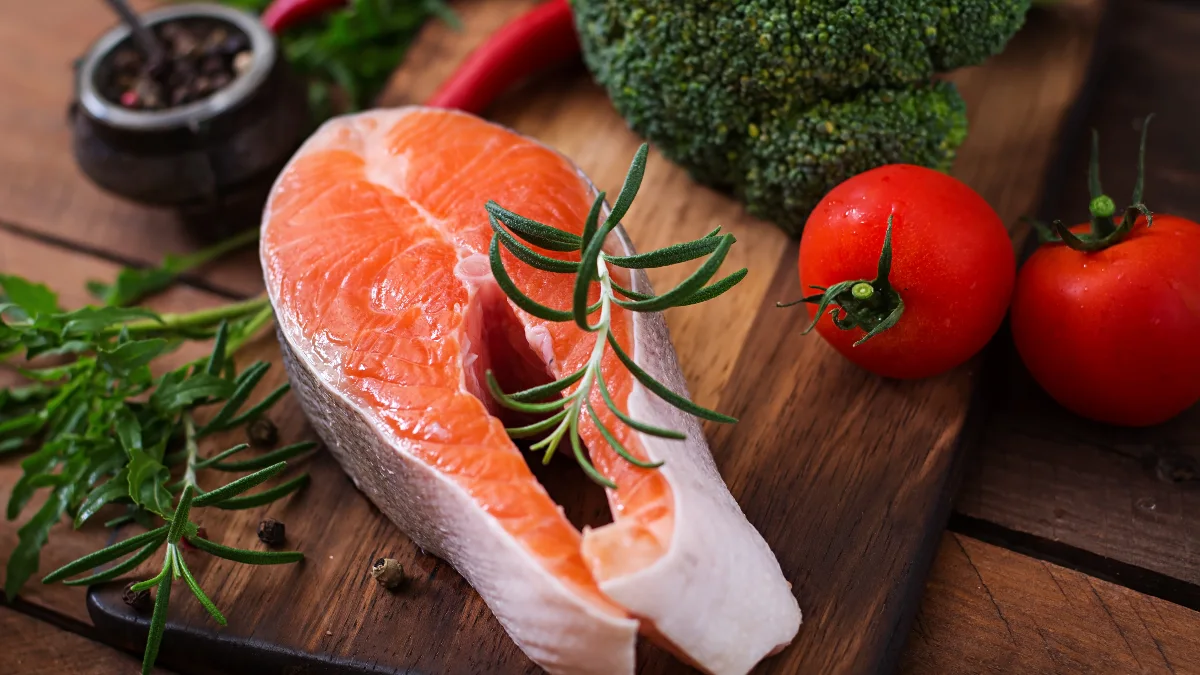
Fatty fish like salmon, mackerel, and sardines are some of the best foods for fighting inflammation. They are packed with special marine omega-3 fats called EPA and DHA. These are not the same as the omega-3s you find in plants; they are more potent and ready for your body to use.
How do they work? These healthy fats directly help to lower the levels of inflammatory proteins in your blood, especially C-reactive protein (CRP) and interleukin-6. One major study found that people who ate the most omega-3s had lower levels of these two key markers. This is real proof that these fish can calm the fire inside your body.
Eating these fish can also help with the symptoms of inflammation. Research shows that fish oil can reduce joint swelling, pain, and morning stiffness, especially for people with rheumatoid arthritis.
Recent studies even link a higher intake of omega-3s to slower biological aging. To get these benefits, just aim for two 3.5-ounce servings of fatty fish each week.
2. Walnuts
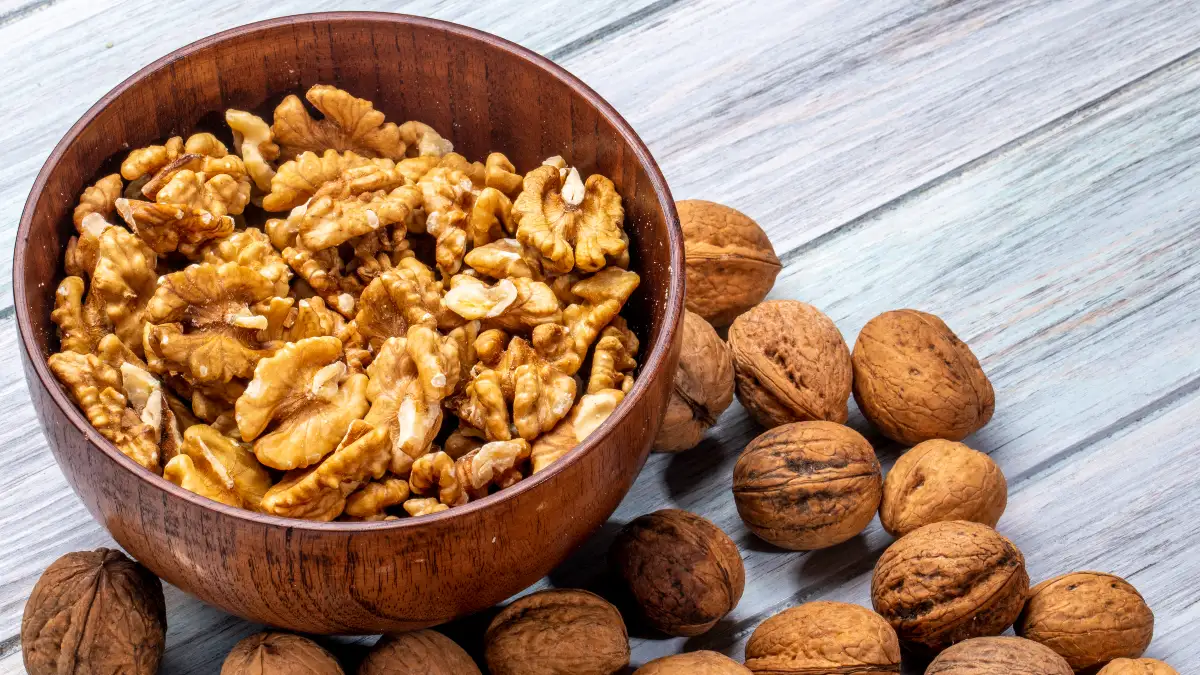
Walnuts are a true anti-inflammatory powerhouse. They are one of the best nut sources of the plant-based omega-3 fat called ALA. On top of that, they are loaded with other protective compounds called polyphenols.
This combination of healthy fats, fiber, and polyphenols makes them a perfect snack for cooling inflammation.
The evidence for nuts is very strong. One very large study followed people for 15 years. It found that the men and women who ate the most nuts had a 51% lower risk of dying from an inflammatory disease. Other studies show that people who eat nuts regularly have lower levels of inflammatory markers like CRP.
Walnuts are not just for snacking. You can add them to salads, oatmeal, or yogurt. They also help your body increase levels of a helpful hormone called adiponectin, which has its own anti-inflammatory powers.
To get these benefits, you don’t need to eat a lot. Just a simple 1.5-ounce handful of walnuts, almonds, or pistachios each day is a great goal.
3. Flaxseeds & Chia Seeds
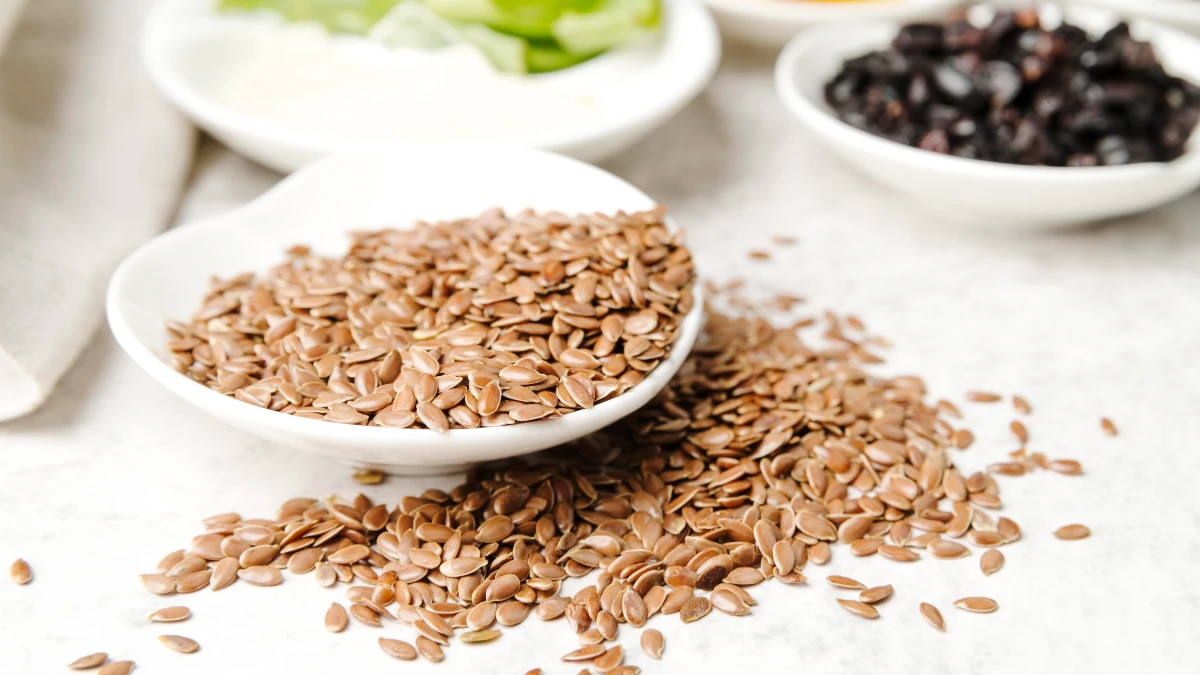
Do not overlook these tiny seeds. Flaxseeds and chia seeds are packed with two key ingredients. First, just like walnuts, they are a potent source of the plant-based omega-3 fat, ALA. This healthy fat is your body’s first line of defense in building anti-inflammatory compounds.
The second ingredient is just as important: soluble fiber. This type of fiber is “prebiotic,” which means it’s the perfect food for the good bacteria living in your gut. Your gut is like the control center for your immune system. When you feed these good bacteria, they get stronger and more diverse.
When your gut bacteria feast on this fiber, they produce helpful compounds called short-chain fatty acids. These compounds strengthen your gut wall, improve your immune system, and send signals throughout your body to lower inflammation.
It’s an easy win: add a tablespoon of ground flax or whole chia seeds to a smoothie, yogurt, or oatmeal to start feeding your good gut bacteria.
These plant compounds act as bodyguards for your cells. They fight damage and help your cells communicate better.
4. Blueberries (and all berries)

All berries, including blueberries, strawberries, and blackberries, are a key part of an anti-inflammatory diet. Their power comes from special antioxidants called anthocyanins. These are the plant compounds that give berries their deep red, blue, and purple colors.
These compounds are proven to work. Studies show that eating berries can effectively lower inflammatory markers like C-reactive protein (CRP). They work by fighting “oxidative stress,” which is the daily damage that can wear down your cells and trigger the smoldering fire of inflammation. Think of them as cell protectors.
Berries are one of the most antioxidant-rich foods you can eat. The darker the berry, the more antioxidants it has. The best part is that they are easy to add to your diet. Add half a cup to your breakfast, eat them as a snack, or blend them into a smoothie.
5. Leafy Greens (Spinach, Kale, Chard)
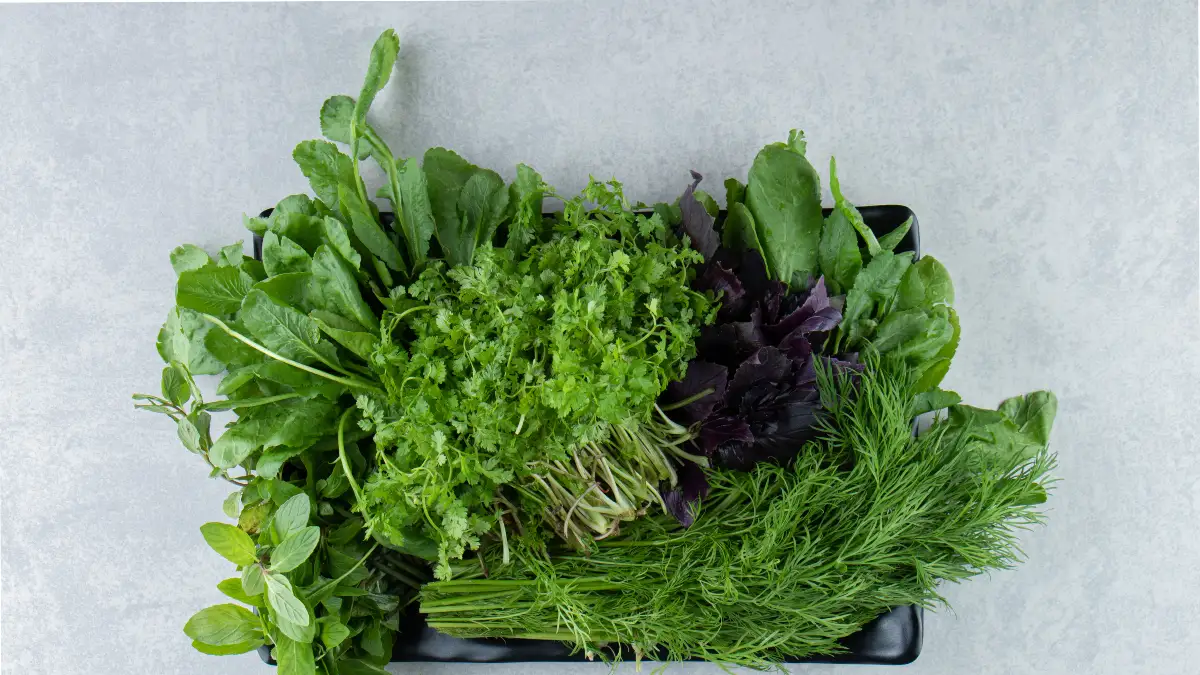
Dark leafy greens like spinach, kale, and Swiss chard are foundational anti-inflammatory foods. They are loaded with important nutrients, but their real power comes from antioxidants and specific plant compounds.
They are rich in Vitamin K and carotenoids, like beta-carotene, which are known to cool inflammation.
Research shows that eating these greens works quickly and effectively. One study found that eating vitamin K-rich vegetables like leafy greens can dramatically reduce inflammatory markers in the blood.
Another amazing study had people add a daily smoothie made with dark leafy greens to their diet. In just seven days, they had significant reductions in their CRP levels.
This shows just how fast your body can respond to the right foods. The goal is to make these greens a daily habit. The brilliant, deep green color is a sign that they are packed with these protective compounds.
Try to get a large handful of greens into at least one meal a day. Add spinach to your eggs, use kale in a soup, or make that simple leafy green smoothie.
6. Broccoli
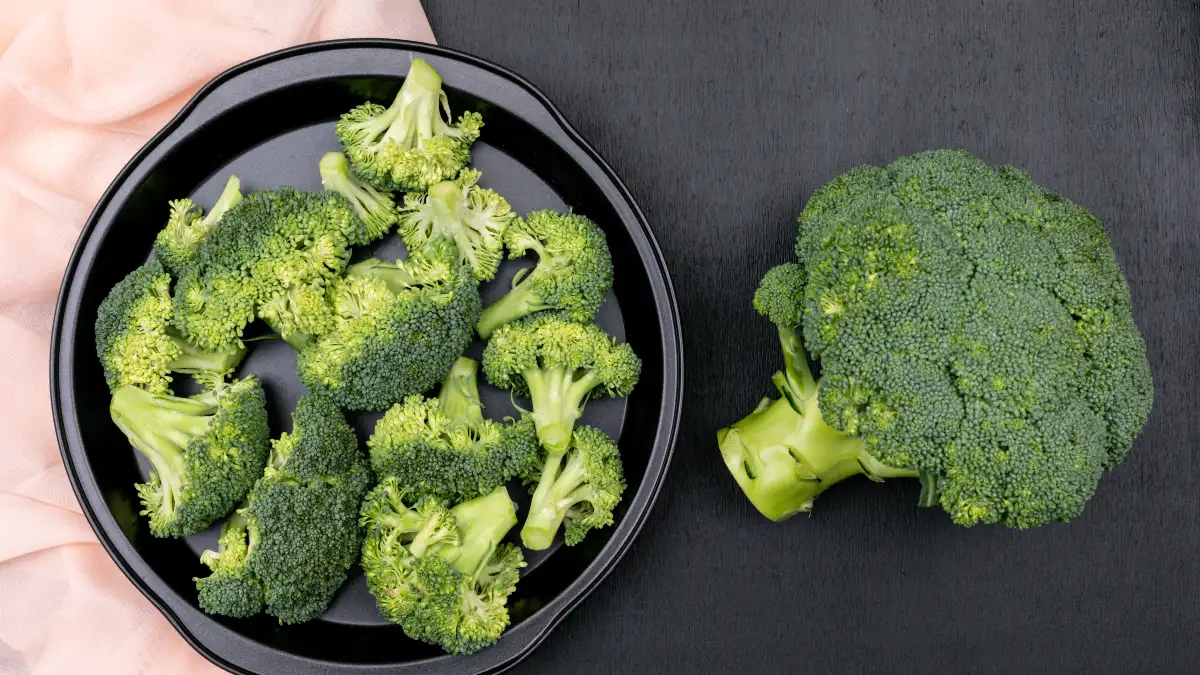
Broccoli is a special type of vegetable called a cruciferous vegetable, along with cauliflower and cabbage. Its unique benefit comes from a potent polyphenol called sulforaphane. This compound is not just a simple antioxidant; it works in a much smarter way.
Sulforaphane actually activates your body’s own natural antioxidant pathways. It flips a switch that tells your cells to start defending themselves and cleaning up damage. This makes it a powerful tool for preventing the cellular stress that leads to chronic inflammation in the first place.
This is why broccoli is so often listed as a top “anti-aging” food. It helps your body protect itself from the inside out. To get the most benefit, try steaming or roasting it. Add it as a side dish to your main meals to get a regular dose of this powerful compound.
7. Green Tea
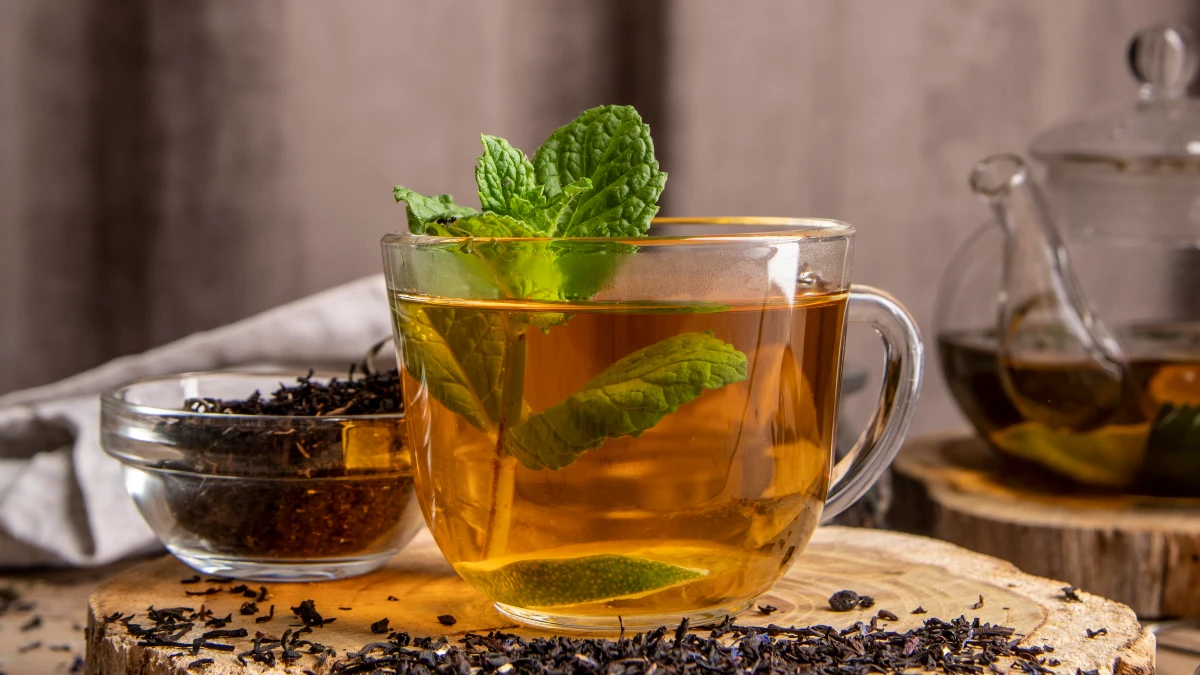
Green tea has been used for centuries as a health-promoting drink, and now we know why. It is loaded with a special type of polyphenol called a catechin. The most famous and powerful of these is EGCG. This one compound has been the subject of countless studies for its health benefits.
EGCG is a powerful anti-inflammatory that works directly on your immune system. It can help block the production of pro-inflammatory signals in your body. Think of it as turning down the volume on the inflammation alarms.
Because of this, drinking green tea is strongly linked with having low overall levels of inflammation. This is one of the easiest habits to adopt.
Try swapping one of your sugary drinks, or even a coffee, for a cup of green tea each day. You can drink it hot or iced. It’s a simple way to hydrate your body while actively sending in compounds that block inflammation at the source.
8. Extra Virgin Olive Oil (EVOO)

Extra virgin olive oil is the main fat used in the Mediterranean diet, one of the healthiest and most anti-inflammatory eating patterns in the world. It is a monounsaturated fat, which is much healthier than the processed fats found in many packaged foods. But its benefits go far beyond just being a “good fat.”
The “extra virgin” part is key. This means the oil is not refined and still contains all its powerful plant compounds. The most special one is a polyphenol called oleocanthal. Scientists were amazed when they discovered that oleocanthal works in a way very similar to ibuprofen.
It helps to block the same inflammatory pathways that over-the-counter pain relievers do.mThis makes EVOO a true functional food. It’s not just a source of calories; it’s an active anti-inflammatory ingredient.
Use it for your low-heat cooking, and be generous with it on salads and vegetables. That peppery “sting” you sometimes feel at the back of your throat from high-quality olive oil? That’s the oleocanthal at work.
9. Turmeric
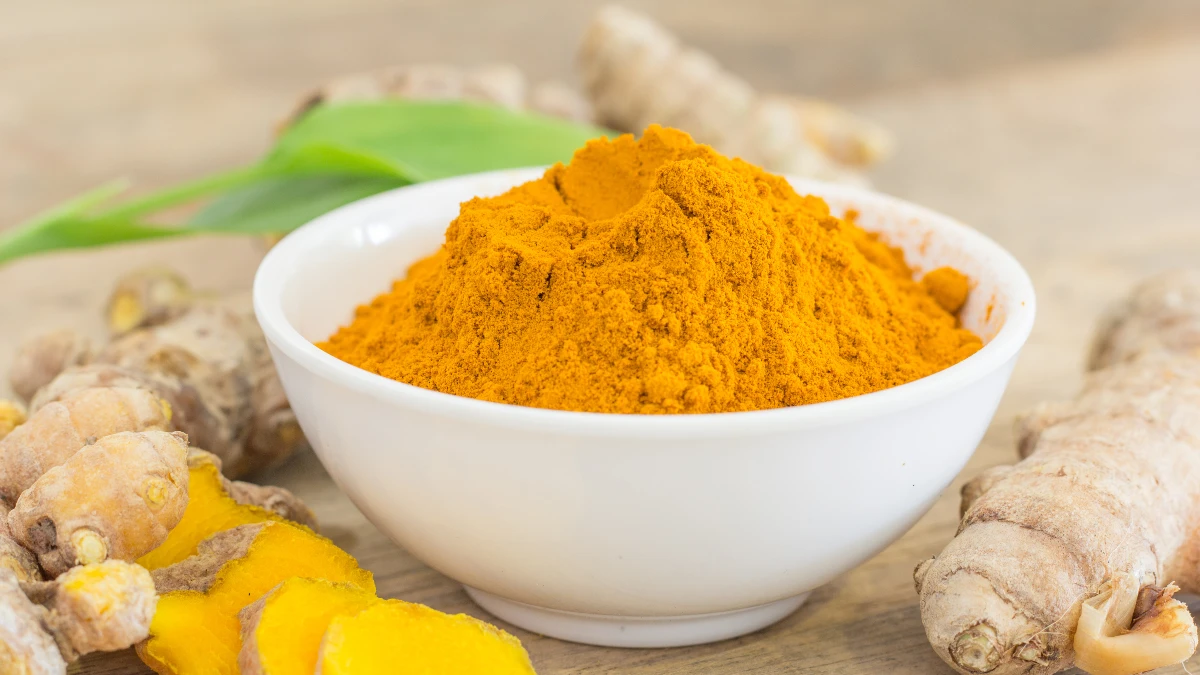
This bright yellow spice is a staple in many cultures and has a long history of medicinal use. The power of turmeric comes from its active ingredient, a bright yellow phytochemical called curcumin.
Curcumin is one of the most potent natural anti-inflammatory compounds ever studied. Curcumin works on multiple inflammatory pathways at once. It is so effective that a review of many studies found that taking turmeric supplements significantly decreased inflammatory markers, especially CRP.
This is why it is so often recommended for people who feel the effects of inflammation, like those with joint pain or rheumatoid arthritis.
Here is the most important tip: your body has a hard time absorbing curcumin on its own. It needs a helper. That helper is piperine, a compound found in black pepper. By simply adding a pinch of black pepper with your turmeric.
You can boost your body’s absorption by a huge amount. Add this spice combination to eggs, soups, stir-fries, or make a “golden milk” latte.
10. Ginger

Ginger is another amazing spice that has been used for centuries to calm the body. It gets its spicy, warming flavor from its main bioactive compound, called gingerol. This ingredient is the source of ginger’s powerful anti-inflammatory and antioxidant effects.
Gingerol works by calming down inflammation in the body and also by neutralizing harmful free radicals. This one-two punch helps protect your cells from the daily stress and damage that can build up and lead to chronic inflammation. It is especially well-known for its ability to calm an upset stomach, which is often a sign of inflammation in the gut.
Ginger is very easy to use in its fresh form. You can buy the root, peel it, and grate it into stir-fries, soups, and salad dressings. You can also slice it and pour hot water over it to make a fresh, spicy ginger tea. It’s a simple way to add a dose of anti-inflammatory power to your day.
These foods feed the good bacteria in your gut. A healthy gut is the control center for a calm immune system.
11. Legumes (Beans & Lentils)
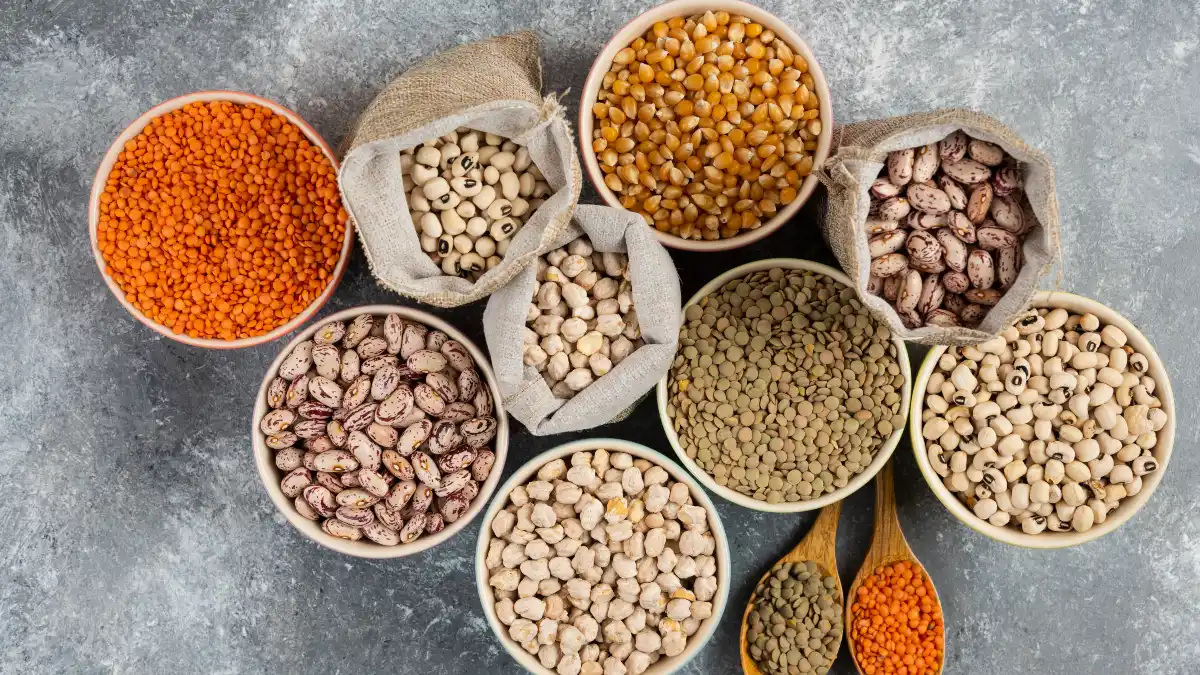
Beans and lentils are an anti-inflammatory superfood that is too often overlooked. They are loaded with two key things: plant-based protein and, most importantly, prebiotic fiber. This fiber is the perfect food for the healthy bacteria that live in your gut.
Why is this so important? Your gut microbiome—that community of bacteria—is the control center for your immune system. When you feed them the fiber from beans and lentils, they thrive. In return, they release special compounds called short-chain fatty acids. These compounds are absorbed into your body and send a signal to calm inflammation.
The proof is clear. Studies show that fiber-rich foods like beans are proven to lower levels of CRP, the key inflammation marker in your blood. In one analysis, small red beans, red kidney beans.
And pinto beans were ranked as some of the top antioxidant foods you can buy. Adding beans to a soup, salad, or chili is an easy and cheap way to build a healthy gut and lower inflammation.
12. Dark Chocolate (70% cacao or higher)
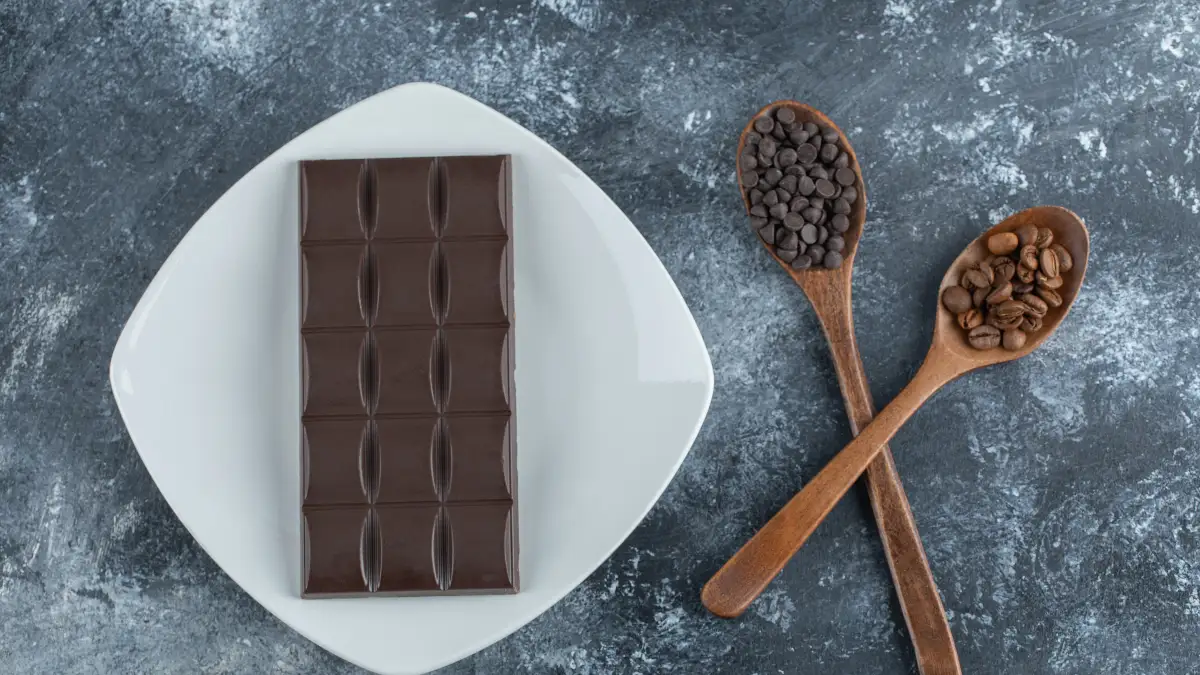
Here is some good news: dark chocolate can be a powerful part of your anti-inflammatory toolkit, as long as you choose the right kind. The key is to look for 70% cacao or higher. This high percentage means you are getting more of the “good stuff” (the cacao) and less of the “bad stuff” (the sugar).
The power in dark chocolate comes from its high polyphenol content. It is especially rich in a compound called epicatechin. These compounds are strong antioxidants that help protect your cells from damage. Studies have shown that eating dark chocolate can lower inflammatory markers in the blood.
There is also a bonus gut-health connection. The polyphenols in cacao are actually metabolized by your good gut bacteria. Just like with fiber, your gut bacteria feed on these compounds and turn them into even more anti-inflammatory substances. A small square of high-cacao dark chocolate after dinner can be a delicious way to fight inflammation.
Your 7-Day Simple Anti-Inflamm-aging Plan
Let’s make this simple. Don’t try to change everything at once. Here is a 7-day plan built on small, easy steps.
Day 1 (Foundation)
Add a big handful of spinach or kale to one meal. Go for a 20-minute walk.
Day 2 (Swap)
Swap a processed snack like chips for a 1.5-ounce handful of walnuts.
Day 3 (Omega-3)
Have a 4-ounce piece of salmon or mackerel for dinner.
Day 4 (Polyphenols)
Swap a sugary drink for a cup of green tea. Add 1/2 cup of blueberries to your breakfast.
Day 5 (Spices)
Add 1/2 teaspoon of turmeric (with a pinch of black pepper) to a meal, like eggs or soup.
Day 6 (Review)
Make your grocery list for next week using the “12 Foods” list.
Day 7 (Mind/Body)
Aim for 8 hours of sleep. Spend 30 minutes connecting with a friend or family member.


